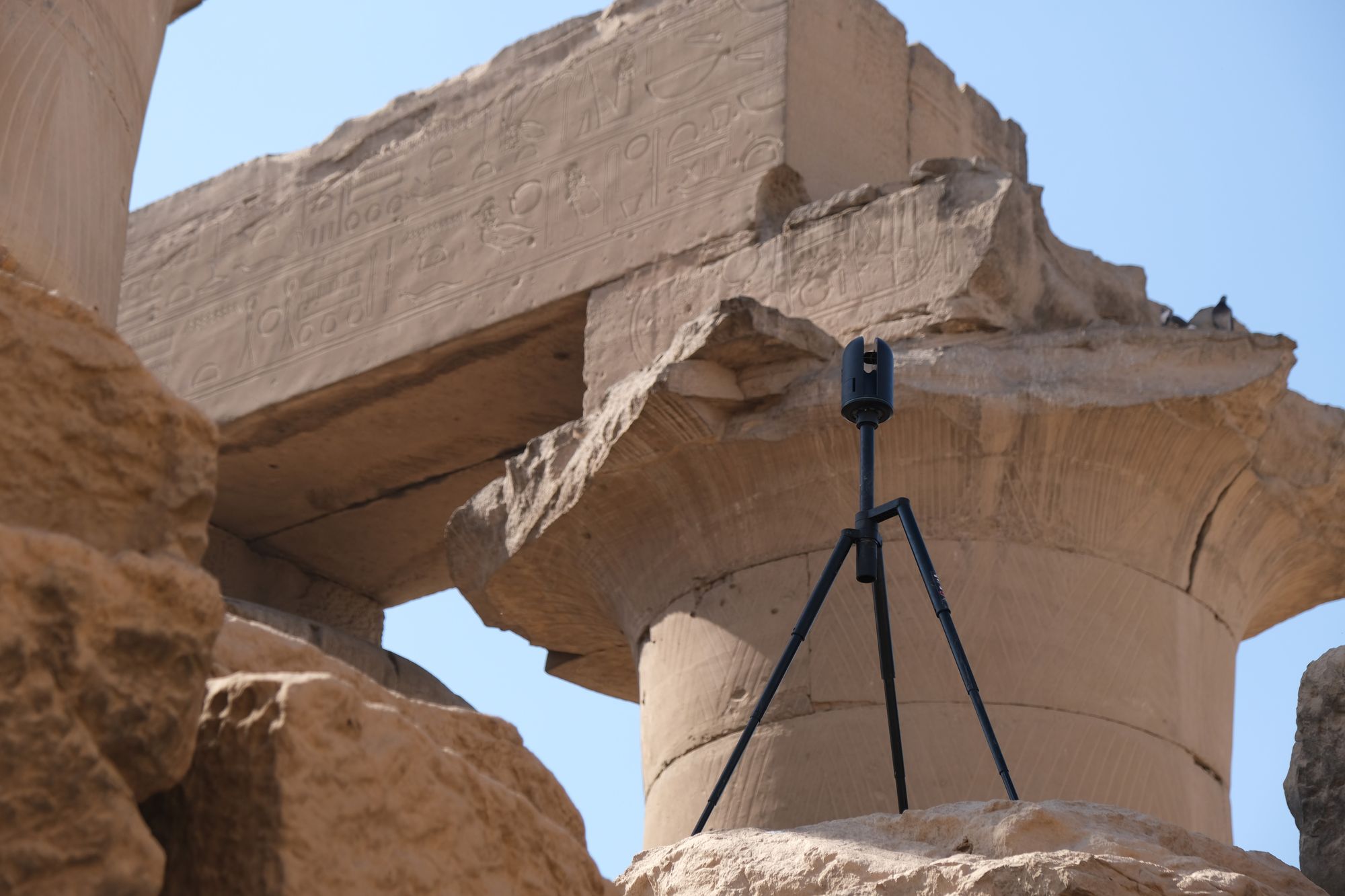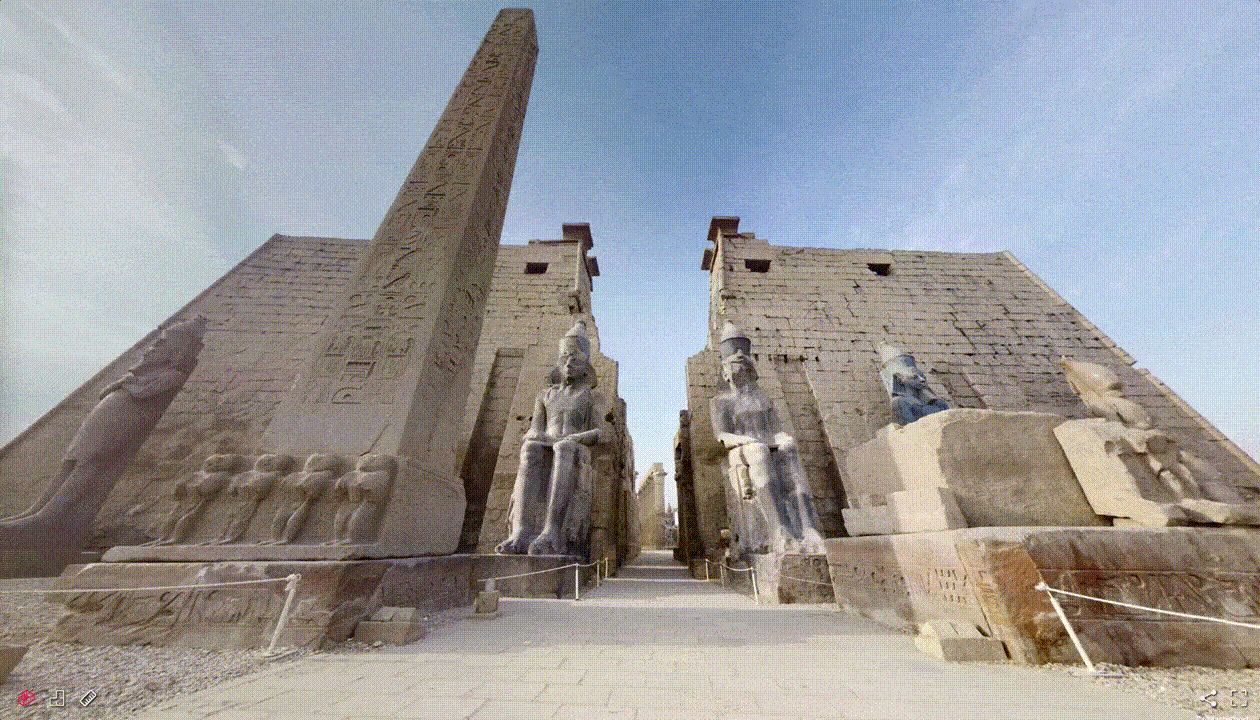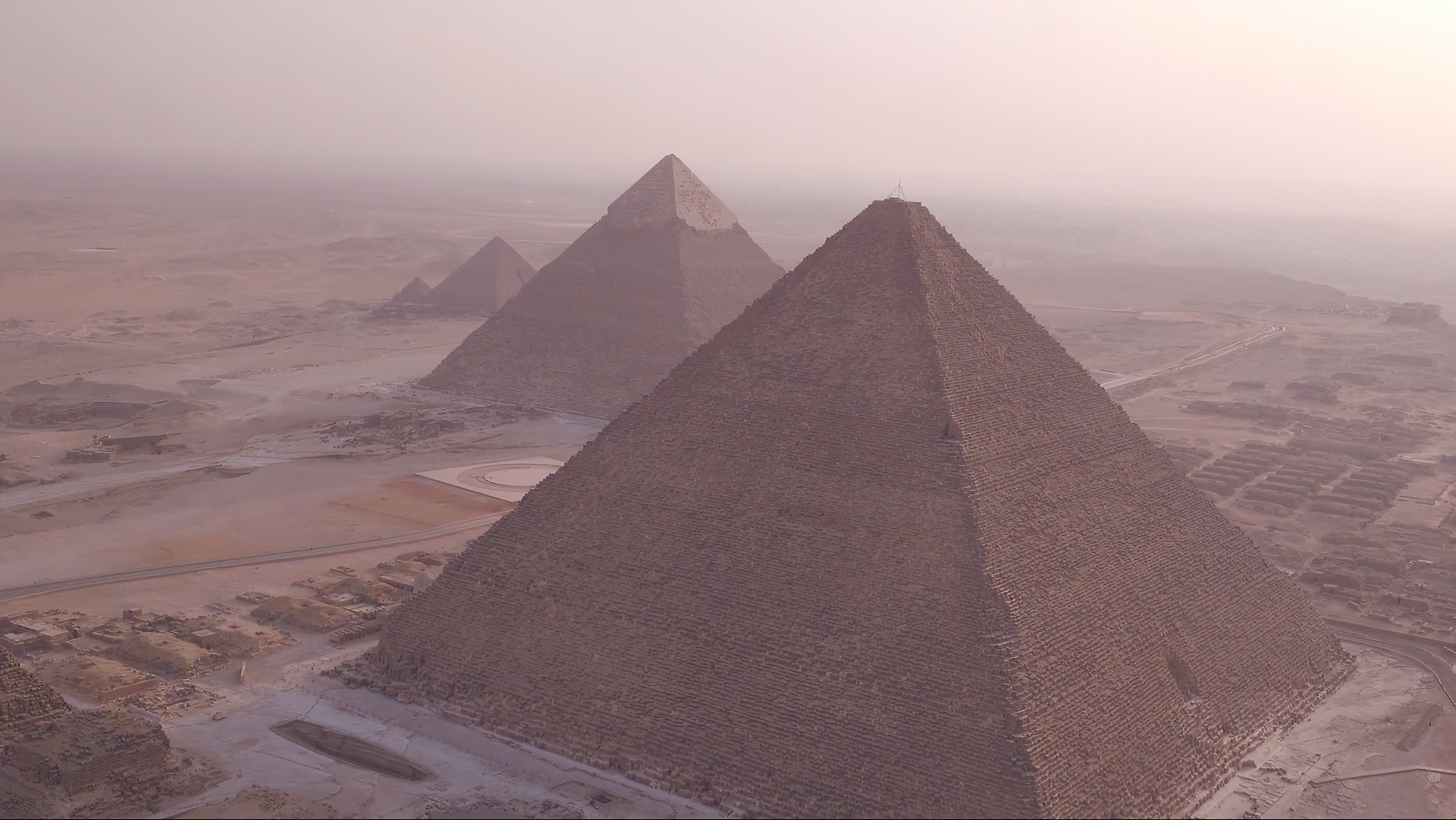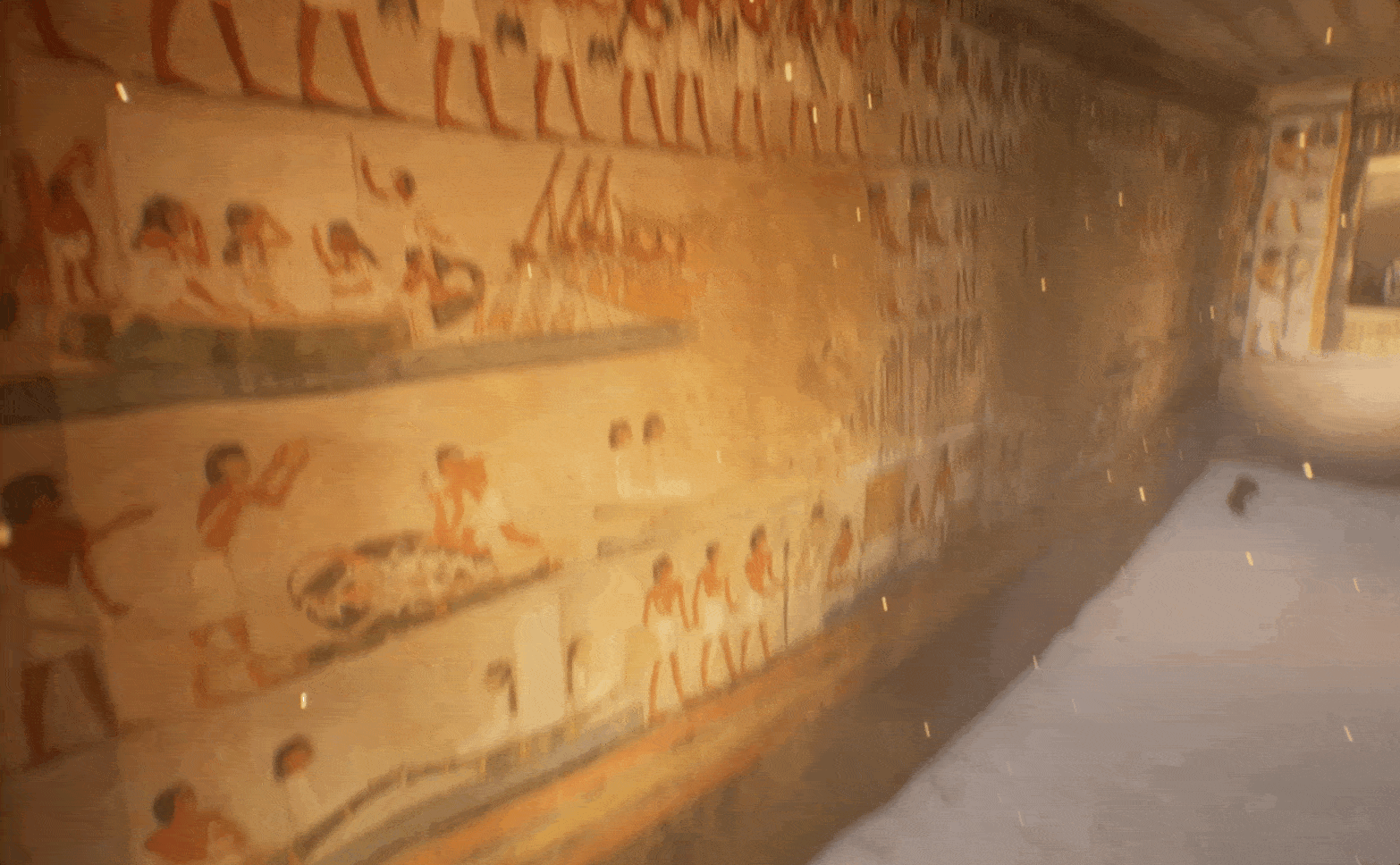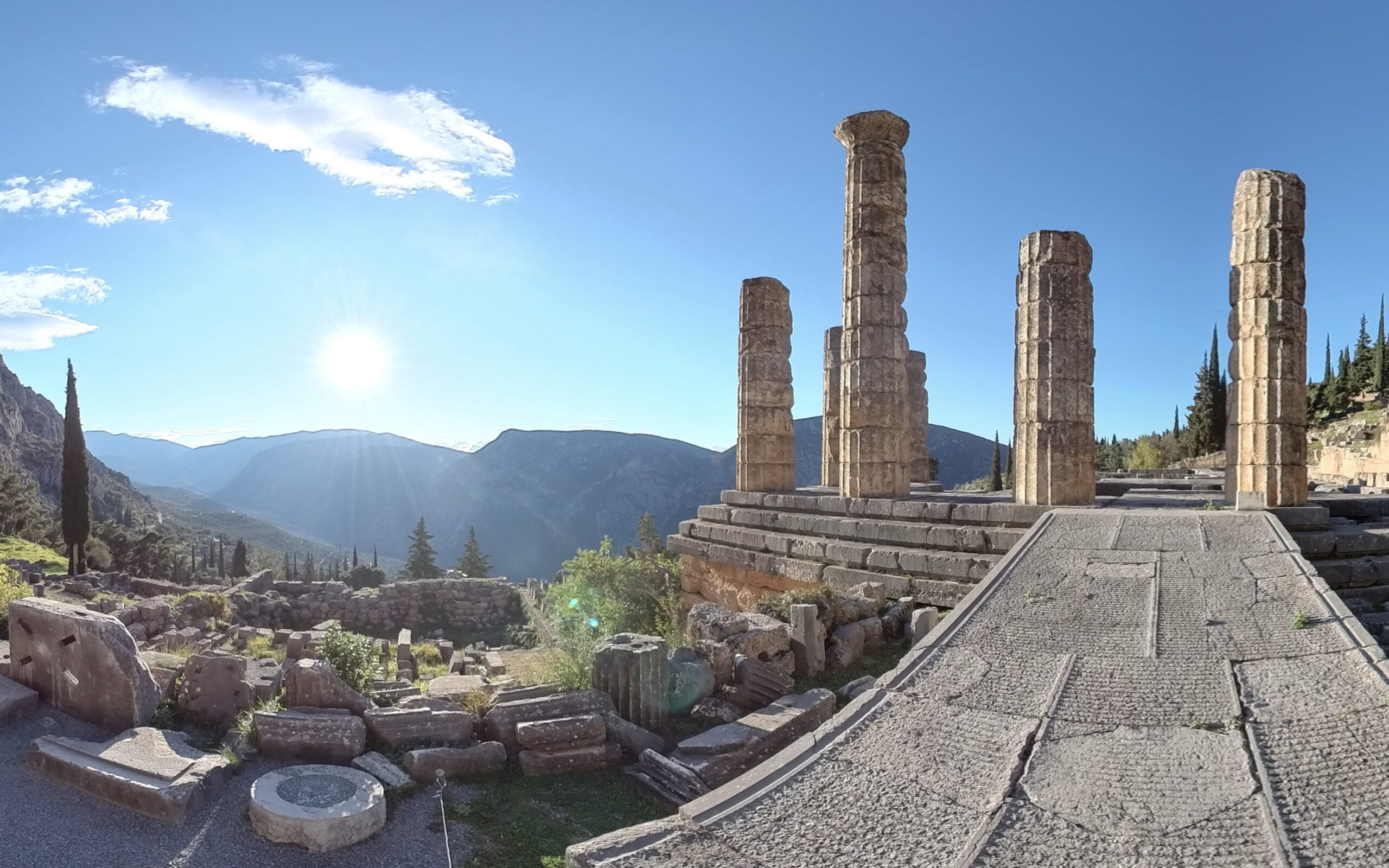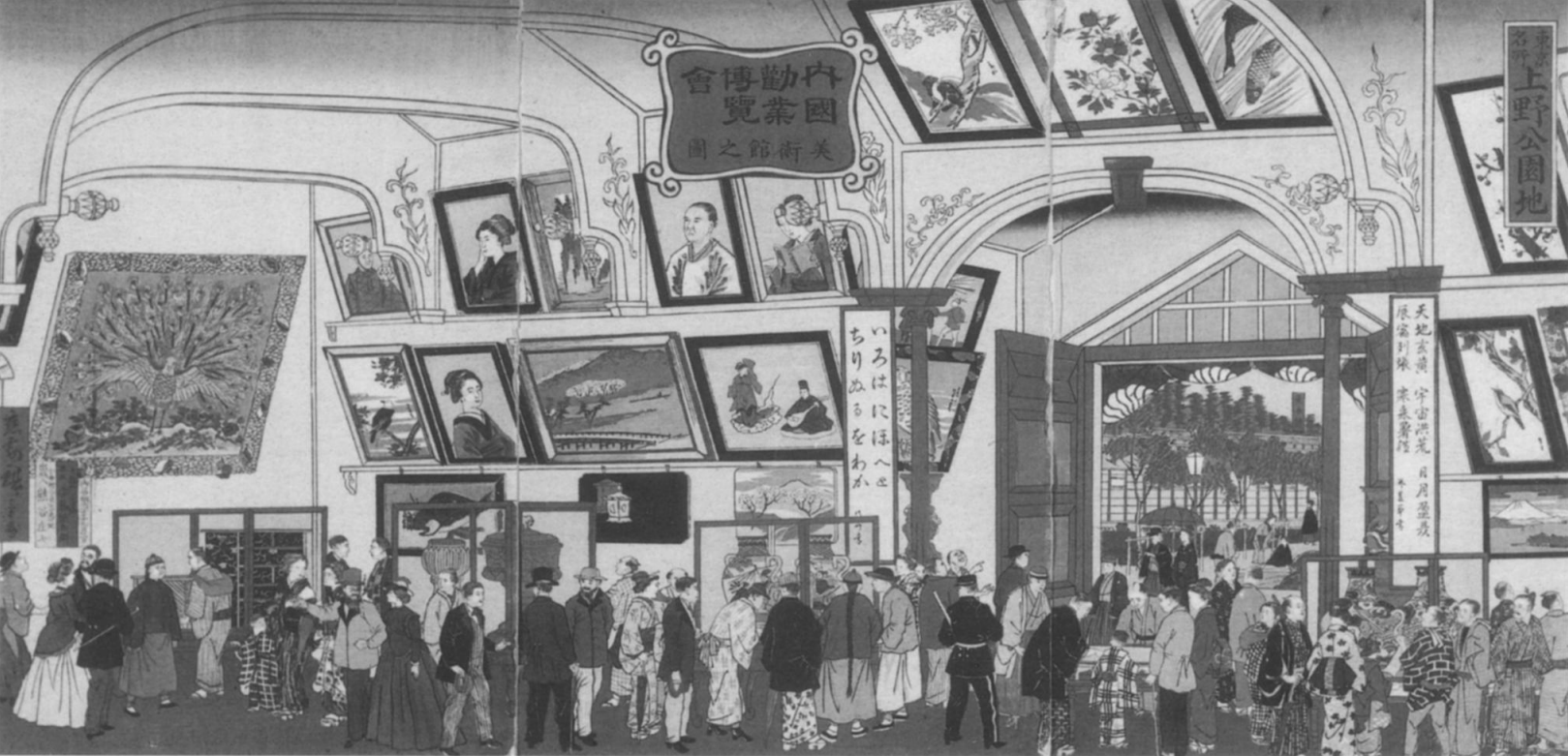After protecting their collections, the next imperative for curators and site managers is providing safe access to an international community.
In 2021, that also can include virtual copies of physical spaces to provide access to collections and heritage sites to everyone around the world.
This is a huge subject–from providing access to otherwise inaccessible spaces to those in wheelchairs to enabling virtual visitation where in-person tourism would hurt or damage the artifacts–so this blog will cover a few topics and be updated.
For more information about different types of virtual tours and 3d recording, check out the last post An Overview of Virtual Tours for Heritage Sites and Museums.
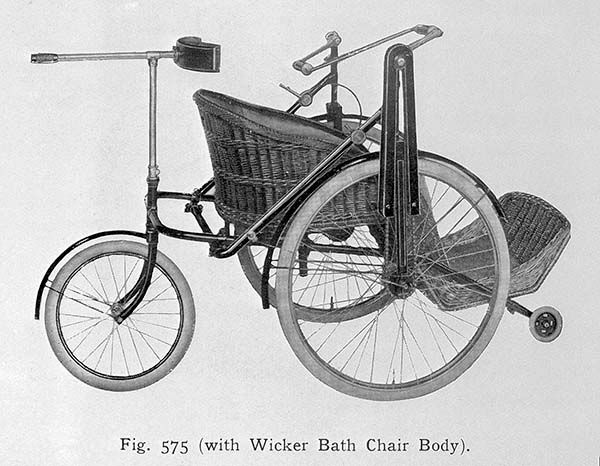
Providing access to places people can’t get to
Many museums and heritage sites around the world still face the reality of being inaccessible to a huge section of people that have difficulty walking. Not only are these spaces inaccessible by, say, a wheelchair, but some sites are so remote that the hike out to them provides a barrier that keeps many away.
In a virtual space, however, curators are able to provide access to those even with a low-end smartphone.
The Mount Sinai Holy Summit, for instance, is reached only by about a five hour hike up the mountain, but via the digital parallel of the space, now anyone that wants to go to the top of the mountain but is unable physically can visit it.
This equally applies for places in remote locations that are difficult to get to and might not be visited as frequently: even if physical access is possible, the convenience of visiting virtually can provide access to a much wider audience than otherwise would be possible.
A virtual tour will never be the same experience as an in-person visit, but they are able to provide a digital parallel to an on-site visit when the physical experience isn’t possible.
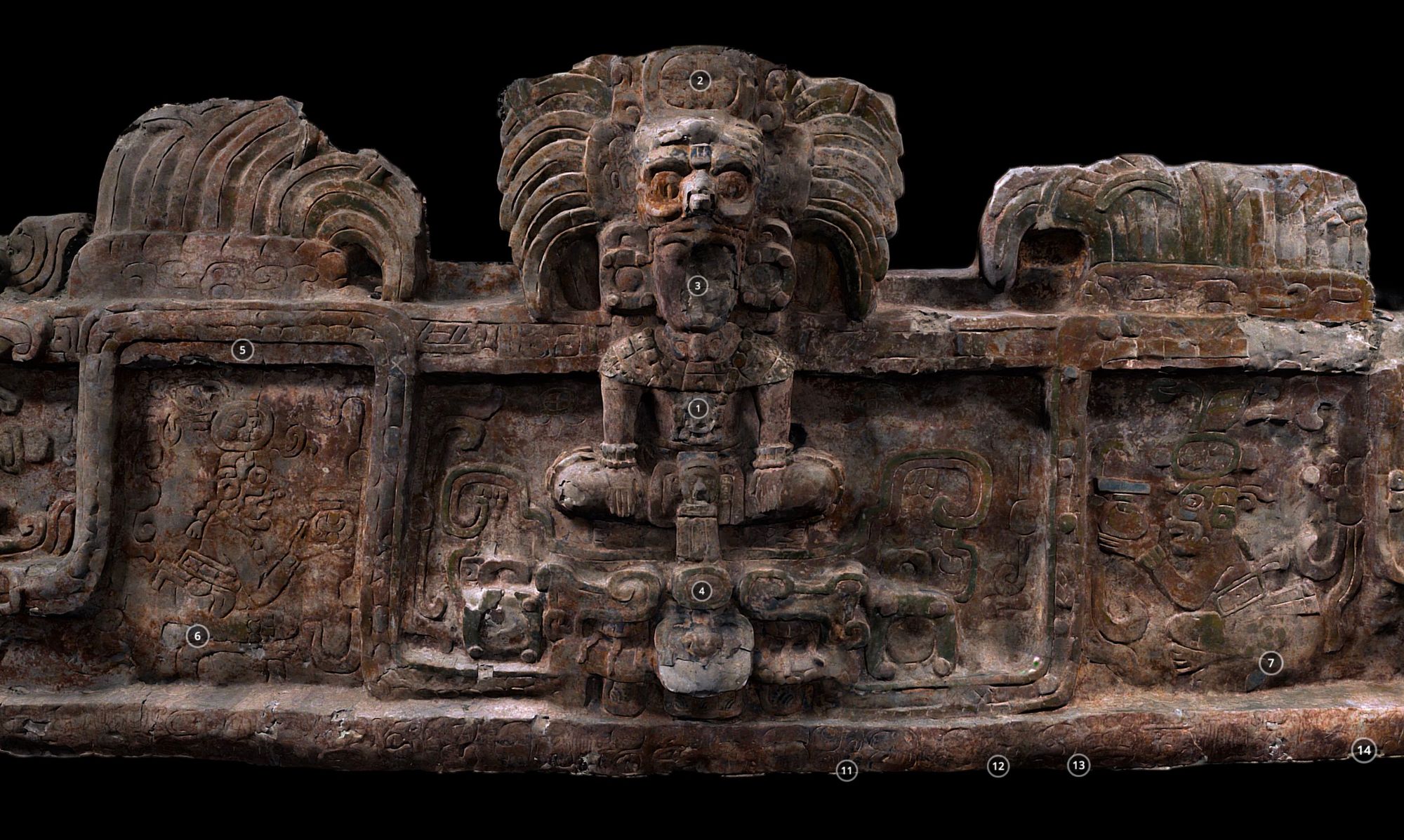
Providing access where tourism is dangerous to the site or artifacts
In many instances, a heritage site may be conflicted about opening an area with sensitive materials that could be damaged by site visitors. A newly possible option for these sites is providing virtual access to site visitors as one piece of a hybrid approach of a cultural heritage site management plan.
For instance, the Acropolis in Copan, Honduras has an extensive tunnel system that features many delicate polychrome plaster reliefs. While the site is considering opening the tunnels for general tourism, the teams assigned with conservation of the tunnels is concerned that the tunnels and reliefs may be damaged by the change in the humidity in the tunnel system by many visitors.
To address this concern, digitization of the reliefs and building a virtual tour is in progress at the site to provide virtual access to areas that may be damaged by increase visitor presence.
This stucco facade, for instance, is one of many features in Copan that is being digitized and reburied under the oversight of the Copan Conservation Plan by Doctor Alejandra Alonso of the Mexican Institute of Anthropology and History in collaboration with the Peabody Museum of Archaeology and Ethnology at Harvard University.
Almost every heritage site has to find the tender balance of how much to allow visitors to access and how much to keep protected. While each site is unique in its conservation strategy, the new ability to offer virtual tours offers a new tool for any cultural heritage management plan.
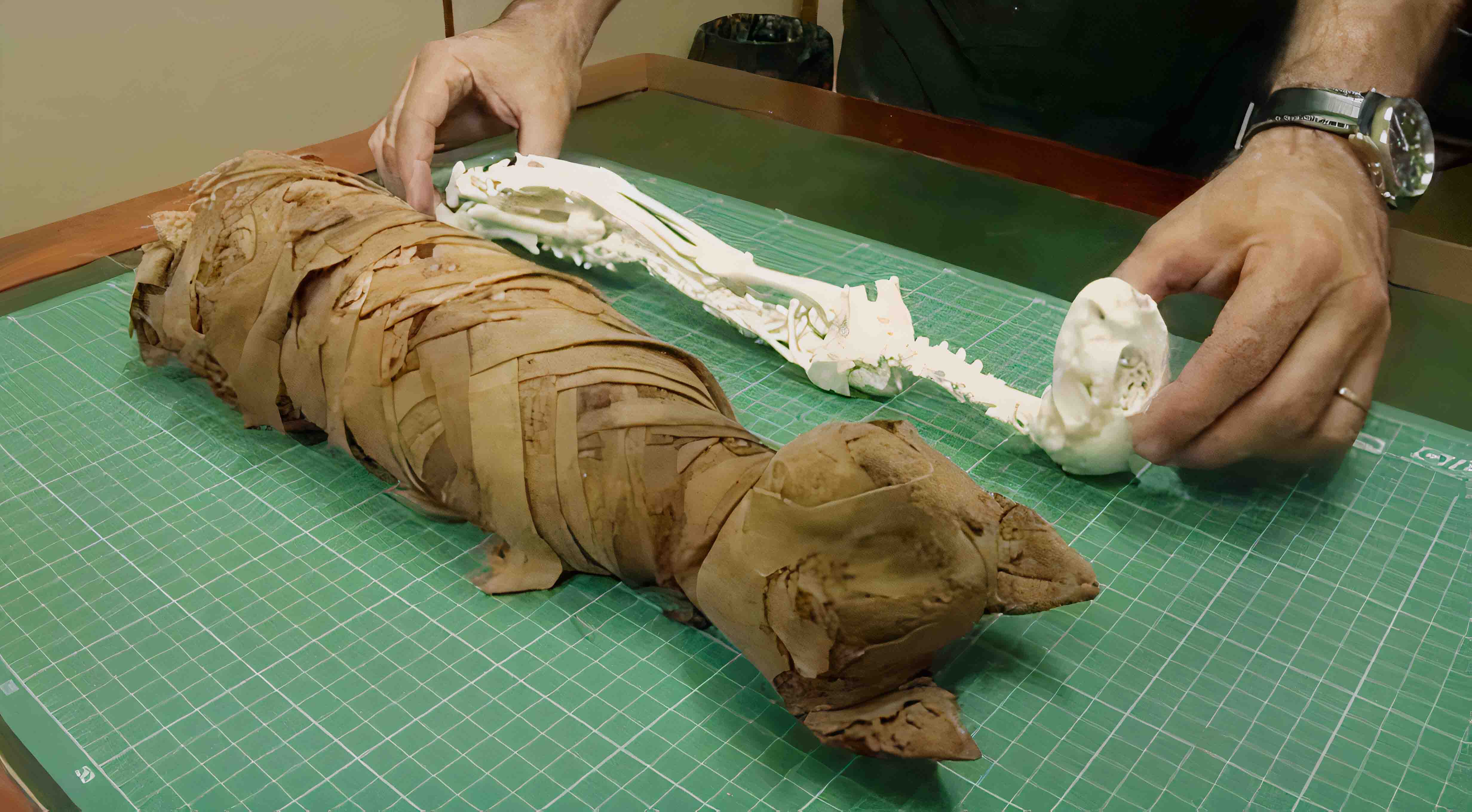
Providing access for visually impaired visitors
These types of virtual tours may provide a new type of access to many people, but what about visually impaired visitors? While audio descriptions are a traditional strategy for visual experiences, the 3d content gathered while creating the virtual tour can provide a new type of interactive experience as well: 3d printing the artifacts and spaces for a tactile experience of the heritage.
This is a strategy tested by Doctor David Anderson, University of Wisconsin, with his visually impaired students: first, David conducts field capture of photos in Egypt to create high resolution 3d models of sites and artifacts.
Doctor Anderson then 3d prints the model that he captured so that students that are unable to see the digital 3d model can feel the physical 3d printed model to explore the artifact or space.
In addition to this, official Matterport partner Barnes Creative Studios has a product for making your Matterport virtual tours ADA compliant.
You may find more information about making your Matterport Virtual Tours ADA compliant on their website.

What about the digital divide?
If you’ve made it this far, you might be questioning how virtual tours aren’t actually very accessible in places without high bandwidth internet.
If you’re unfamiliar with the term “digital divide”, Stanford University department of Computer Science defines it like this:
The ability to access computers and the internet has become increasingly important to completely immerse oneself in the economic, political, and social aspects of not just America, but of the world. However, not everyone has access to this technology. The idea of the “digital divide” refers to the growing gap between the underprivileged members of society, especially the poor, rural, elderly, and handicapped portion of the population who do not have access to computers or the internet; and the wealthy, middle-class, and young Americans living in urban and suburban areas who have access.
It’s important to consider if by making these virtual tours, are we providing access to only the people connected to high speed internet with modern laptops, smartphones, and tablets?
While in our exhibitions, we can’t necessarily solve global problems like this, virtual tours are increasingly becoming smaller, more efficient, and easy to run on inexpensive phones and computers. Anecdotally, I frequently meet and share virtual tours with people from the countries that I work in, and it’s drastically easier than ~5-10 years ago. Before it was difficult to share 3d data or virtual tours due to bandwidth considerations, long load times, and lower-end mobile phones crashing while trying to load the data. Whereas today, due to a myriad of technologial advancements, it’s much more likely that a Matterport virtual tour will easily load on a mobile phone connected to the internet.
It depends on the size of the virtual tour, of course, but in general Matterport virtual tours offer photorealism with much less bandwidth due to their unique setup with partnering compressed 3d data with high resolution 3d images.

For more information about the digital divide and strategies for spanning it in your digital exhibitions, you can also check out more from the resources page on the Pew Research Center for more information.
Accessibility is an important consideration for whatever museum or heritage site you may be working at, and our understanding of the impact of virtual tours is still quite in its infancy. In the coming years, keep an eye out for in depth studies about the impact of virtual tours, community building, and accessibility–I’ll update this blog as more studies of museums in the pandemic are published.
In the meantime, you can see some introductory information about virtual tours and other strategies that museums and heritage sites have been using them for in terms of accessibility in the Europeana and Culture24 report on The Digital Transformation Agenda and GLAMs.
If this article was useful to you or inspiring in any way, please sign up ✨ by entering your email ? at the bottom of this page, and more fascinating winged words composing GLAM-tech blog posts will arrive to your inbox.




